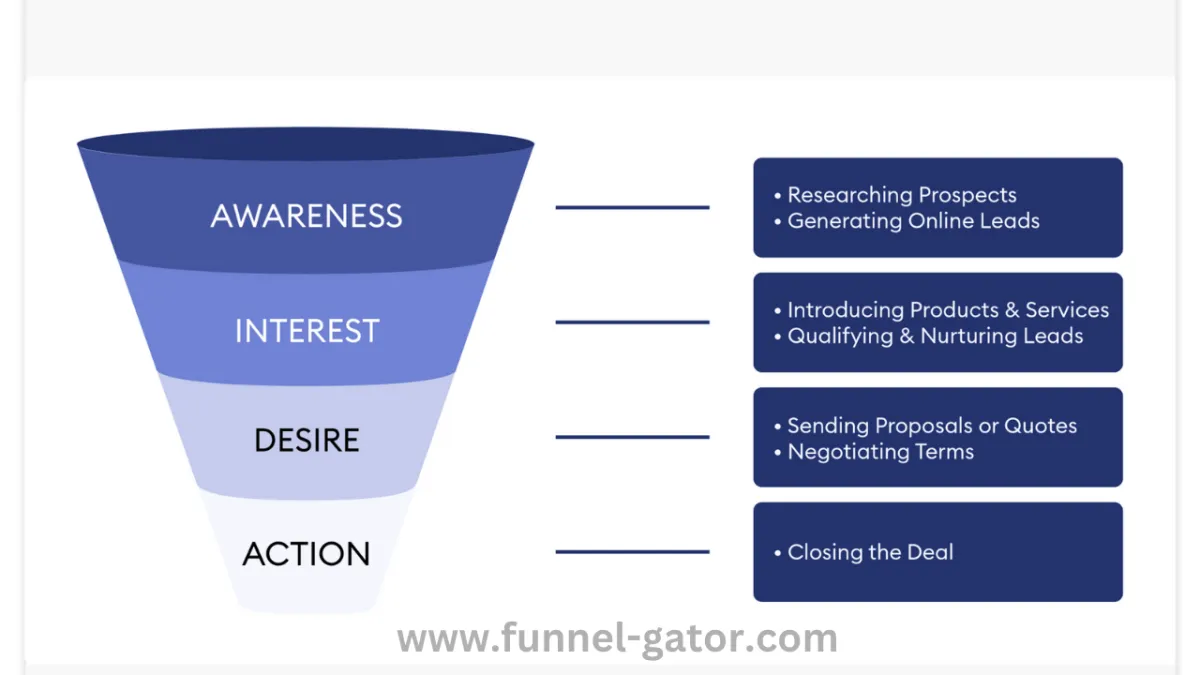
Website Funnel Examples: A Beginner-Friendly Guide to Boost Conversions
If you’ve ever wondered how some websites seem to effortlessly turn visitors into buyers while others struggle, you’re not alone. The secret sauce? Website funnels. These are step-by-step journeys that guide users from first landing on a website to eventually making a purchase, signing up for a service, or performing any desired action.
In this guide, we’ll walk you through real-world website funnel examples, explain what makes them tick, and show you how to create your own. Whether you’re a beginner or looking to optimize your current setup, this article will help you understand the funnel structure, the tools needed, and best practices to get results.
What Is a Website Funnel?
A website funnel (also known as a sales funnel or marketing funnel) is a strategic process that turns casual visitors into paying customers. It’s like a virtual tour guide that shows people where to go next.
Think of it like this: Imagine you walk into a store. A helpful staff member greets you, asks what you're looking for, shows you the options, and finally helps you make a purchase. That’s what a good website funnel does—but online.
Pro Tip: A well-designed funnel doesn't just guide; it nudges gently in the right direction.
Why You Need a Sales Funnel
Still wondering why sales funnels matter? Let me tell you a quick story.
Last year, my friend Jenna launched a beautiful online store selling eco-friendly home products. She got traffic through ads and social media—but her sales were painfully low. After weeks of frustration, she learned about conversion funnels. She added a lead magnet, set up email automation, and created a compelling landing page. In just 3 months, her sales tripled.
The takeaway? If you’re not using website funnels, you’re leaving money on the table.
The Anatomy of a Website Funnel
A typical website funnel has four main stages:
Awareness – Attract visitors (via ads, blog posts, SEO)
Interest – Keep them engaged with great content
Desire – Show value through testimonials, case studies, or videos
Action – Push the final CTA (buy, sign up, book a call)
Each stage is vital. Miss one, and your whole funnel leaks.
5 Real-World Website Funnel Examples
Let’s explore five high-performing funnels used by real businesses. These will give you inspiration and clarity.
1. Lead Magnet Funnel – Ideal for Coaches and Consultants
Example: A business coach offers a free eBook like “7 Steps to Doubling Your Income” in exchange for an email address. Once someone opts in, they receive follow-up emails with valuable tips, eventually leading to a sales pitch for a premium course.
🔗 See a Lead Magnet Funnel in Action
Why it works: It builds trust before making a pitch.
2. Product Launch Funnel – Best for Online Courses or Software
Example: A course creator uses a video series to tease new content over a week. Each email adds more value. On launch day, a discount is offered for a limited time.
🔗 Product Launch Formula by Jeff Walker
Why it works: Builds anticipation and urgency.
3. Ecommerce Funnel – For Online Shops
Example: A skincare brand sends users from Instagram to a landing page with a special offer. Visitors are encouraged to buy with limited-time discounts and free shipping.
Why it works: Clear CTA, easy navigation, irresistible offer.
4. Webinar Funnel – Perfect for High-Ticket Sales
Example: A SaaS company invites users to a free webinar that educates while soft-selling their software. Post-webinar emails offer discounts or free trials.
Why it works: Educates and nurtures leads.
5. Tripwire Funnel – For Growing Email Lists with Low-Risk Offers
Example: A digital artist offers a $7 template pack. Once purchased, the user is upsold to a $47 complete design kit.
Why it works: Gets users to buy something small first—making them more likely to buy bigger things later.
How to Build Your Own Website Funnel – Step-by-Step
Creating your first sales funnel doesn’t have to be complicated. Here’s a simple roadmap:
🛠 Step 1: Define Your Goal
Do you want to grow an email list, sell a product, or get people to book a call?
Be specific.
🎯 Step 2: Identify Your Audience
Who are you speaking to? Create a simple buyer persona.
Tip: Use tools like HubSpot’s Persona Generator to visualize your audience.
🧲 Step 3: Create a Lead Magnet or Offer
Give something of value upfront:
Free checklist
Discount code
Webinar invite
🖥 Step 4: Build a Landing Page
Use platforms like ClickFunnels, Leadpages, or Systeme.io to design it. Keep it simple and clear.
✉️ Step 5: Set Up Email Automation
Use ConvertKit or Mailchimp to send follow-ups and nurture your leads.
💳 Step 6: Offer the Main Product or Service
Now that they know, like, and trust you, make the pitch. Use testimonials, limited-time bonuses, and FAQs to remove doubts.
📊 Step 7: Analyze and Optimize
Use tools like Google Analytics or Hotjar to see where people drop off. Tweak and test regularly.
Common Mistakes to Avoid
Too many steps (confuses users)
Weak CTAs (no clear direction)
Not mobile-optimized
No follow-up (you’re losing warm leads!)
Final Thoughts: Turn Clicks Into Customers
Building a powerful website funnel is not just about flashy design. It’s about understanding your audience, solving their problems, and gently guiding them to take action.
Whether you're offering a course, product, or service, having the right funnel is the difference between hoping for sales and predicting them with confidence.


